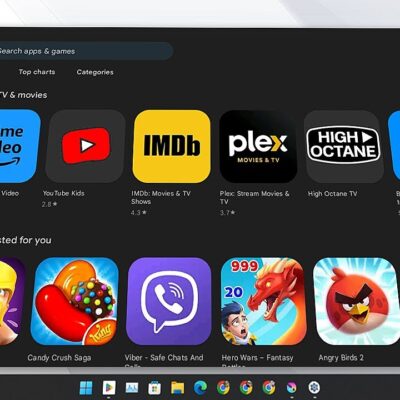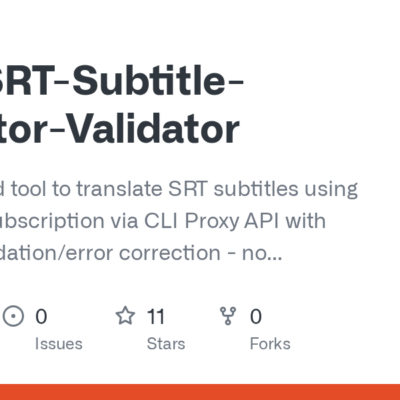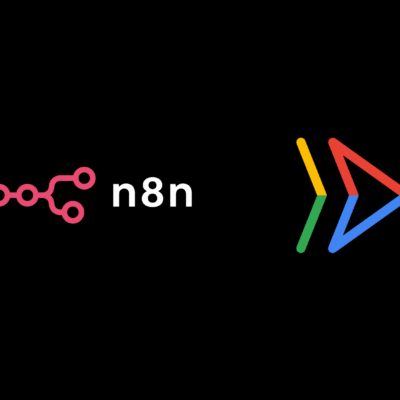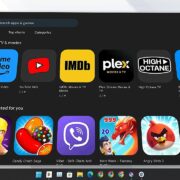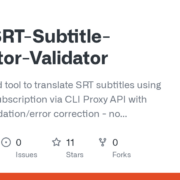After more than 13 years in the marketing trenches, building and selling nine companies, and exiting my last venture for over $46 million, I have learned that marketing is not about magic tricks. It is about physics. It is about understanding the fundamental laws that govern human attention and business economics.
Many entrepreneurs get stuck looking for the “secret algorithm” or the perfect hack. But the reality is that building a business that generates millions in personal income comes down to mastering a few core principles and executing them with relentless volume.
In this post, I want to share the four most critical pieces of advice I’ve gathered over a decade of trial, error, and massive exits. These are the marketing strategies for scaling that will take you from your first customer to your ten-thousandth.
1. Start with Flow: The “Free to Fee” Pricing Model
One of the biggest mistakes I see early-stage entrepreneurs make is obsessing over high-ticket pricing before they have a proven product. There is a specific sequence to building a robust business: Create Flow, Monetize Flow, then Add Friction.
When you are just starting—whether it’s a new business, a new product line, or a new division—you are likely not as good as you think you are. You need “flow” (customers moving through your system) to break your product so you can fix it.
Why You Should Start for Free
It sounds counterintuitive, but starting with free or low-priced work is the fastest way to gain momentum.
- Proof of Concept: You need to know if your delivery mechanism actually works.
- Testimonials and Reviews: These are your best marketing assets. A raving review is worth infinitely more than a few hundred dollars in the early days.
- Referrals: If you do a great job for free, clients feel a moral obligation to refer others to you.
- Feedback: You can demand brutal feedback in exchange for free work, allowing you to iterate faster than your competition.
The Tactical Approach to Raising Prices
You don’t stay free forever. The goal is to move from free to premium. Here is the exact tactic I use to climb the pricing ladder without losing momentum:
- The First Batch: Take your first 5–10 clients for free (or for a donation to charity, which builds immense goodwill).
- The 20% Rule: Once you have that case study batch, start charging. For every 5 new customers you acquire, raise your price by 20%.
- The Ceiling: Continue this process until your conversion rate drops significantly. When the math (Price x Conversion Rate) tells you that you are making less total money despite the higher price, you have found your sweet spot.
By doing this, you let the market dictate your price rather than guessing. You build confidence, you build a reputation, and you build a bank of success stories that make selling at high prices easy later on.
2. The Scaling Framework: More, Better, New
If you are trying to figure out how to grow, you might feel overwhelmed by options. Should you start a podcast? Run Facebook ads? Do cold email?
I use a simple decision-making framework to cut through the noise: More, Better, New. You must execute them in this specific order.
Phase 1: More (Volume Negates Luck)
In the beginning, “more” is almost always the answer. If you are making cold calls, make more of them. If you are posting content, post more often.
I once hired a consultant to help me with my content. He looked at my output compared to his and simply said, “You don’t need to be better; you just aren’t doing anything.” He was posting five times a day; I was posting once a week. He was doing 10x the volume.
Volume negates luck. If you rely on one ad or one sales call to save your business, you are gambling. If you test 35 ads a week, you don’t need luck; you have data. The people winning in your industry aren’t just 20% more active than you; they are likely doing 100x the volume you are.
Phase 2: Better (Optimization)
Only switch to “Better” when the return on effort for optimization exceeds the return on effort for adding more volume.
For example, if you have one sales person, hiring a second one (doing “more”) will likely double your sales. But if you have 50 sales people, hiring one more adds very little incremental growth. At that point, training the existing 50 people to be 20% more effective (making them “better”) yields a massive return.
Phase 3: New (Diversification)
“New” is the last step. This is where most entrepreneurs fail—they get bored and want to try a new platform or strategy before they have maxed out the current one.
The Rule: Do not start something new until you physically cannot do any more of what you are currently doing, and you cannot make it any better.
New things have a guaranteed cost (time, money, learning curve) but an unknown return. Stick to what works until you have saturated the channel. If you are running Facebook ads, don’t jump to YouTube until you have squeezed every drop of opportunity out of Facebook or until the cost to acquire the next customer becomes prohibitive.
3. Creative Optimization: Front-to-Back Engineering
If you are running ads or creating content, where should you spend your time? The answer lies in the 80/20 rule of attention.
David Ogilvy famously said that once you have written your headline, you have spent 80 cents of your dollar. Today, this is even more true. The hook, the thumbnail, and the first 5 seconds of your video are the only things that matter if nobody clicks.
The 10x Rule for Hooks
When I create ads, I spend a disproportionate amount of time on the beginning.
- The Ratio: If I have an hour to script an ad, I spend 55 minutes on the first 5 seconds and 5 minutes on the rest of the script.
- The Volume: I will write 50 different hooks for a single ad concept, but only 3 different “body” scripts and 1 call to action.
Why? Because a better headline can double or triple your click-through rate (CTR). Optimizing the middle of the funnel might give you a 10% lift, but optimizing the front end can give you a 300% lift.
How to Write “Call Out” Hooks
The most effective way to grab attention is the Call Out. You want the person scrolling to think, “This is for me.”
Call outs range from hyper-specific to broad:
- Hyper-Specific: “Homeowners in Clark County…”
- Problem-Based: “If you have back pain when you wake up…”
- Identity-Based: “Moms who want to get back in shape…”
Look at your competitors. If you see an ad that has been running for six months, that means it’s working. Analyze their call outs. Are they asking a question? Stating a problem? Calling out a location? Model that structure.
Remember, clear beats clever. Write for a third-grade reading level. You are not trying to impress people with your vocabulary; you are trying to reduce the friction of understanding.
4. The Only Metric That Matters: LTV to CAC
If I could only look at one metric to judge the health and potential of a business, it would be the ratio of Lifetime Value (LTV) to Customer Acquisition Cost (CAC).
This is the fundamental economic unit of your business. How much does it cost you to buy a customer, and how much gross profit do you make from them?
Defining the Terms
- CAC: Total Sales & Marketing Spend / New Customers Acquired.
- LTV: This is Gross Profit, not Revenue. If you sell a product for \$100 but it costs \$50 to fulfill, your LTV is based on the \$50.
The Ratios of Wealth
- 1:1 Ratio: You will go out of business. You have no margin for overhead or salary.
- 3:1 Ratio: This is the baseline for a healthy business. You spend \$1 to make \$3 in gross profit.
- 10:1 to 100:1 Ratio: This is where generational wealth is made.
If you find a channel where you are getting a 20:1 return, you do not sit on it. You dump as much money as humanly possible into that machine. These windows of opportunity do not last forever. Competitors will enter, ad costs will rise, and the ratio will compress down to 5:1 eventually.
Scaling Through Economics
Many business owners are afraid to spend money on ads because they look at the cost, not the ratio. If you have an LTV of \$14,000 (like Starbucks), you can afford to spend \$500 to acquire a customer. If your competitor only has an LTV of \$1,000, they can’t compete with you in the ad auction.
Whoever can afford to pay the most to acquire a customer wins the market. Your goal shouldn’t just be to lower your ad costs; it should be to increase your LTV so you can outspend everyone else and still be profitable.
Conclusion: Iterate Your Way to Success
Marketing is an iterative process. You will suck in the beginning. That is okay.
When I started my first business, I didn’t know how to sell, so I gave my services away. When I didn’t know how to make great content, I made more content until I learned what worked.
The path to scaling is not about being a genius; it’s about identifying constraints and removing them.
- Get Flow: Start cheap or free to prove the model.
- Increase Volume: Do more before you try to do better.
- Optimize the Hook: Win the battle for attention in the first 5 seconds.
- Master the Math: Watch your LTV:CAC ratio and spend aggressively when the math works.
Don’t wait for the perfect strategy. Start moving, get the data, and let the volume of your actions negate the need for luck.

